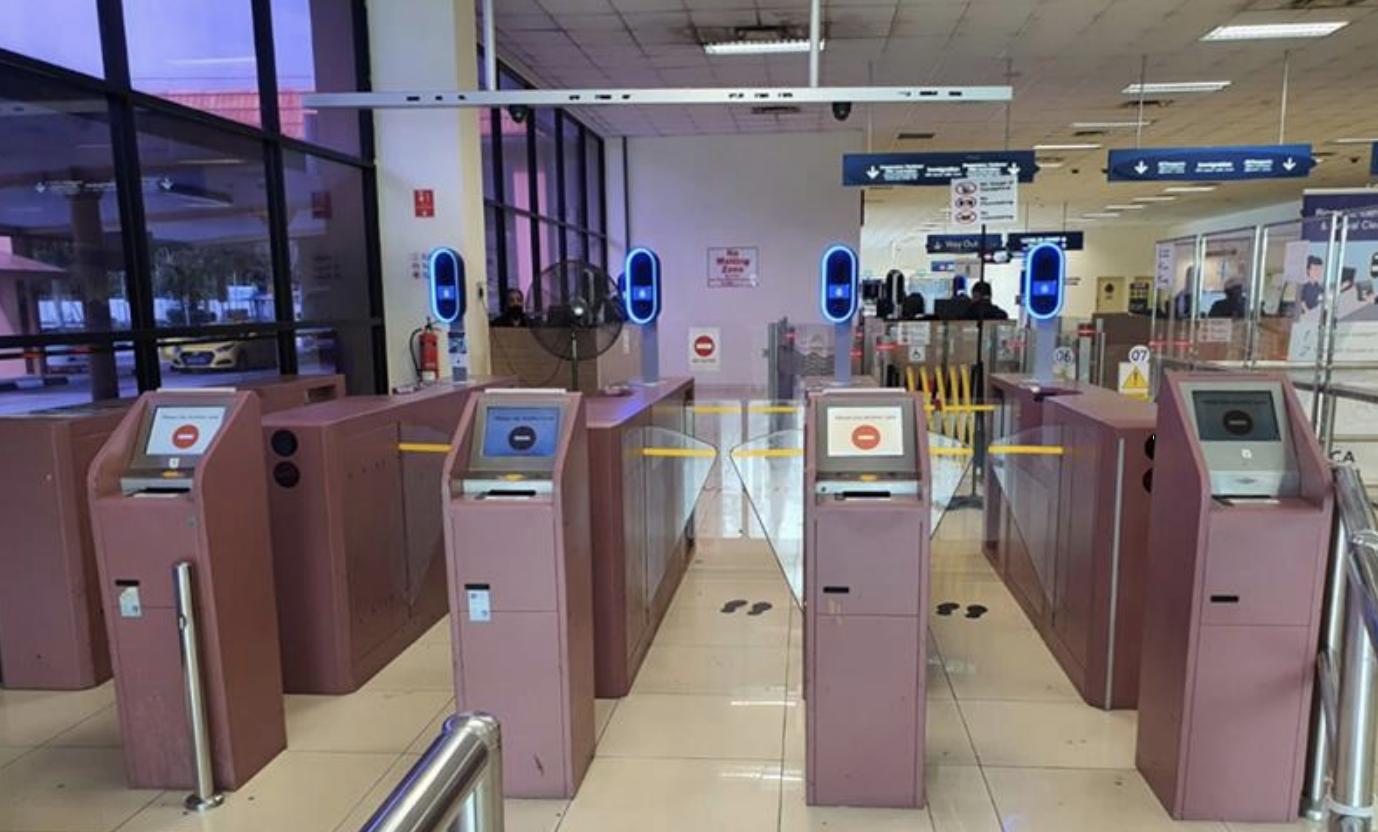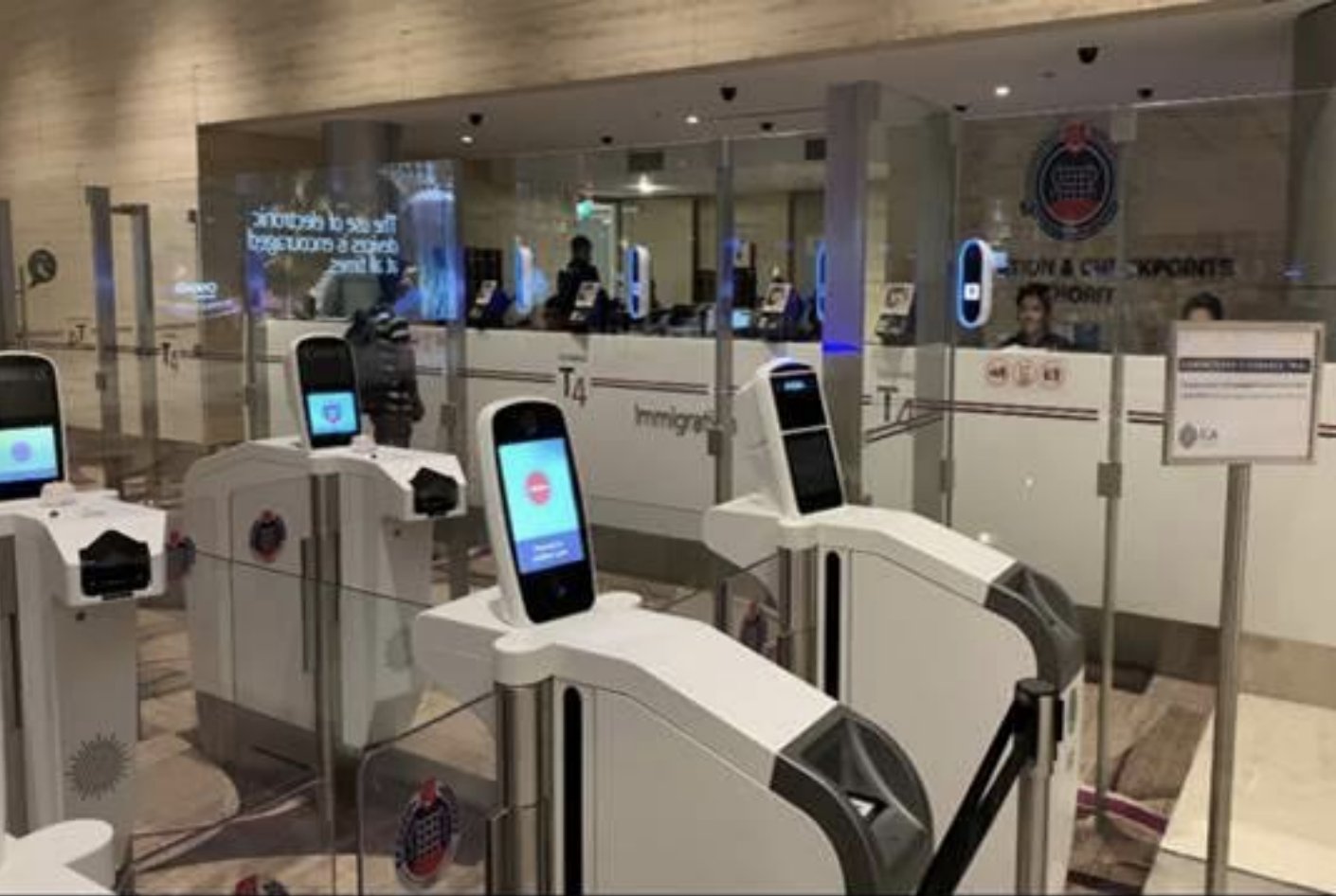Singapore is deploying iris and facial biometrics – to replace fingerprints – as the primary biometric identifiers for immigration at all automated and manual checkpoints.
Fingerprints will be used as a secondary biometric identifier for travellers who are unsuccessful in their iris and facial scans, Immigration & Checkpoints Authority (ICA) and the Home Team Science and Technology Agency (HTX) said in a joint statement.
Since July 2020, all automated and manual immigration lanes and counters at the passenger halls of Singapore’s land, sea and air checkpoints have been equipped with iris and facial scanners.
By using iris patterns in lieu of fingerprints for identification, issues with fingerprint verification, such as deterioration of fingerprints due to ageing, scarring or dryness, are avoided. Iris patterns also have a higher degree of variation and uniqueness than fingerprints, and are therefore more robust and reliable for use for identification purposes.
ICA will deploy iris and facial scans concurrently, with facial recognition providing a second check of a person’s identity.
The new immigration system also allows for touch-free capture of these two biometrics, offering more hygienic and efficient immigration clearance.
First-time foreign visitors to Singapore will need to enrol their iris, facial and fingerprint biometrics on arrival at the manual immigration counters. They will be able to use automated clearance when they depart Singapore.
For their subsequent trips to Singapore, they can clear immigration using their iris and facial biometrics at the manual counters, if they are using the same passport as when their biometrics were enrolled.




